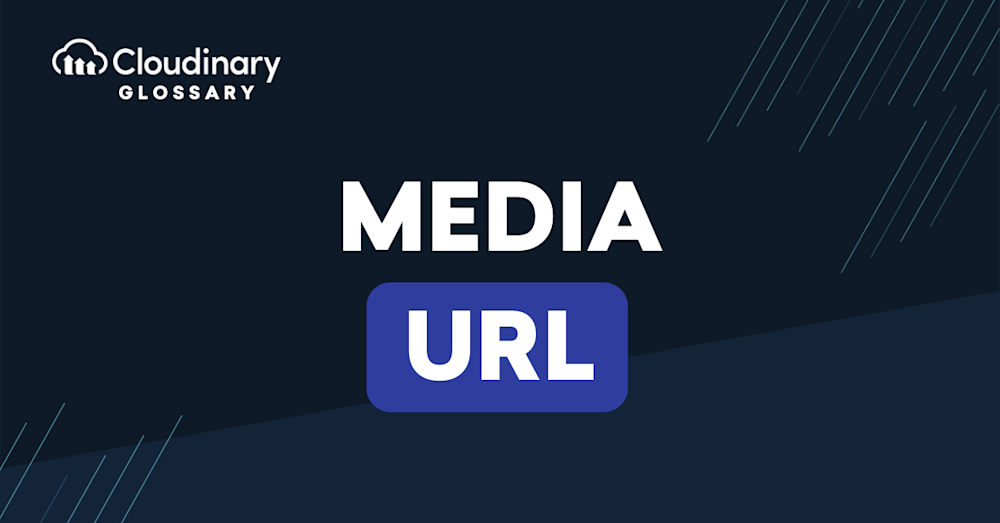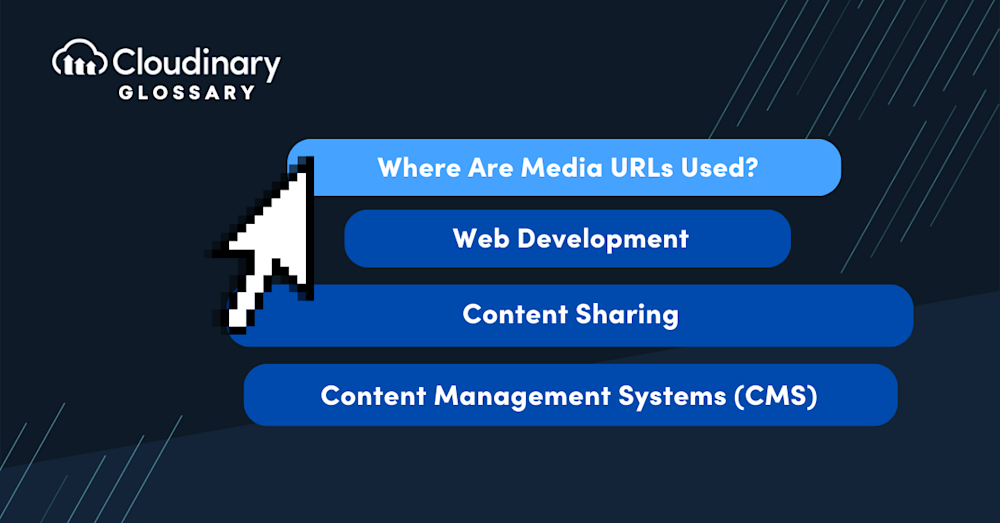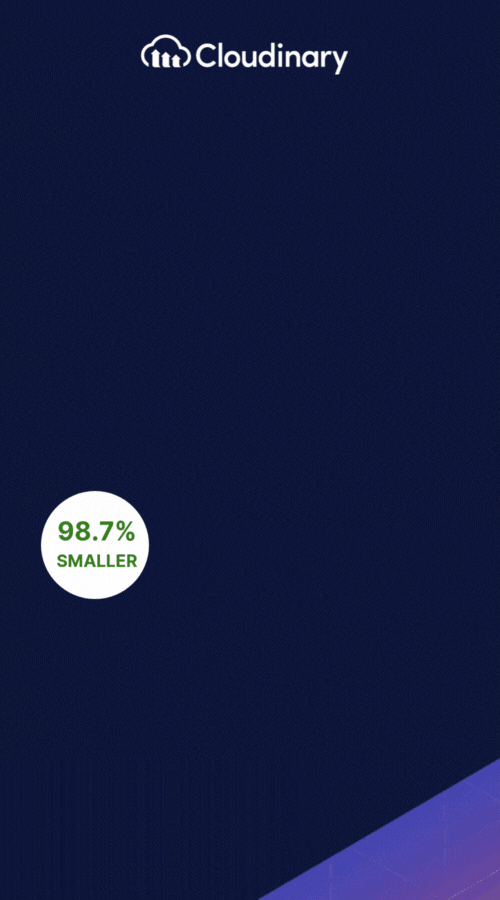What Is a Media URL?
A media URL is an address that points directly to a specific media asset, such as an image, video, or audio file. It enables users to access and retrieve the media content directly through a web browser or programmatically via an API. Media URLs are structured in a specific format, allowing for targeted retrieval and seamless integration into websites, applications, and other digital platforms.
How Media URLs Make a Difference
In the grand scheme of website performance and user experience, media URLs can often be viewed as a subtle part of SEO strategy. When implemented correctly, the strategic use of media URLs can significantly contribute to the loading speed of your website, forming an essential component of Page Experience, a crucial indicator for SEO. As search engines continue to emphasize the user experience, a smooth, quick-loading website – aided by efficient use of media URLs – can nudge you higher up in the search engine results page rankings.
Additionally, media URLs play a key role in ensuring the adaptability and future-proofing of a website. With an explosion in the types of devices and screen sizes accessing the web, responsive design has never been more necessary. Their ability to load different versions of the media content based on specific requirements (like device type, bandwidth, etc.) adds flexibility to your site’s design, enhancing its accessibility across a diverse spectrum of user environments.
Where Are Media URLs Used?
Media URLs find applications in a wide range of use cases, including:
- Web Development – Media URLs are extensively used in web development to embed media assets into websites and web applications. By utilizing media URLs, developers can easily integrate images, videos, and audio files into their HTML and CSS code, enhancing web pages’ visual appeal and interactive nature.
- Content Sharing – Media URLs provide a convenient means for sharing media assets across various platforms. Whether it’s social media posts, messaging apps, or email communications, media URLs allow users to distribute and access media content effortlessly.
- Content Management Systems (CMS) – CMS platforms leverage media URLs for organizing, storing, and retrieving media assets within their frameworks. By utilizing media URLs, users can efficiently manage and display a wide range of media content in their content management systems.
The Differences Between a Media URL and a Standard URL
At first glance, media URLs and standard URLs may appear quite similar—they both serve as references to resources on the internet. However, delve deeper, and their distinctions become clearer, especially in their intended use and structure.
A standard URL behaves as the address to a broad range of internet resources, such as a website page (HTML document), an API endpoint, or even a file download link. Its typical anatomy includes a protocol (like HTTP or HTTPS), a domain, and a path to the specific resource. On the other hand, a media URL specifically points to a media resource like an image, a video, or an audio file. Its structure supports streaming and efficient media content delivery, often through a content delivery network (CDN) that accelerates the loading process and improves the user experience.
There’s a key practical aspect that differentiates the two: the way browsers and servers process them. When a standard URL is requested, the server generally responds by serving up a web page along with the assets included in that page, which could be CSS, JavaScript, or media files referenced through their respective media URLs. These media URLs, when invoked, trigger the loading of the specific piece of media, often requiring additional considerations such as correct format delivery based on the user’s device, consideration of bandwidth, and respecting any existing media handling instructions, like caching headers or CORS settings.
Wrapping Up
Media URLs provide an effective method for accessing and sharing media assets across the web. Managing and optimizing media URLs, however, can be a complex task.
Cloudinary offers a robust media management platform that streamlines your media URL management. With Cloudinary, you can dynamically manipulate media assets through on-the-fly transformations, leverage responsive delivery techniques, and optimize the performance of your media URLs across different devices and network conditions.
Sign up for Cloudinary today and unlock the full potential of your media URLs, empowering you to deliver exceptional media experiences to your users and viewers.




